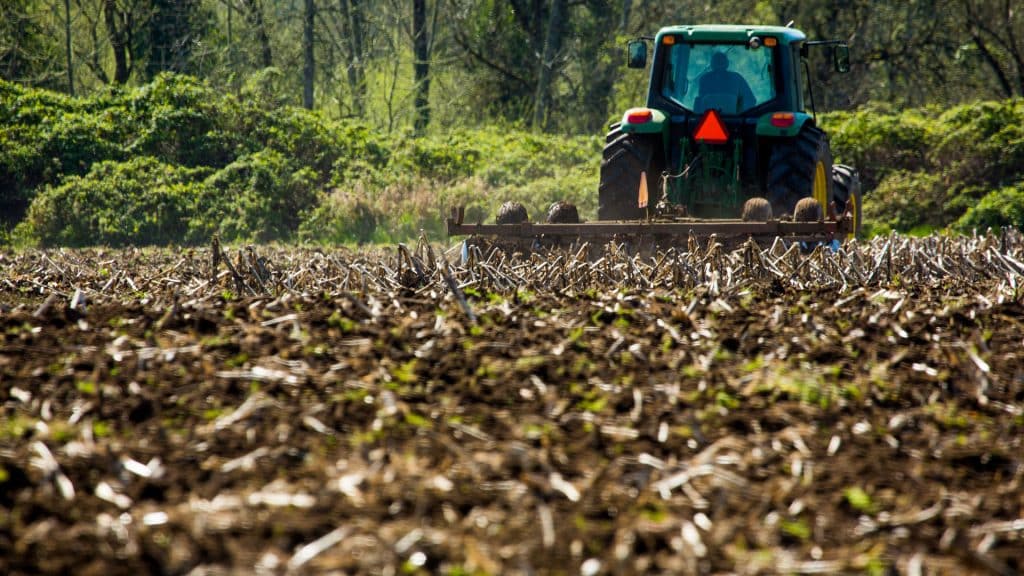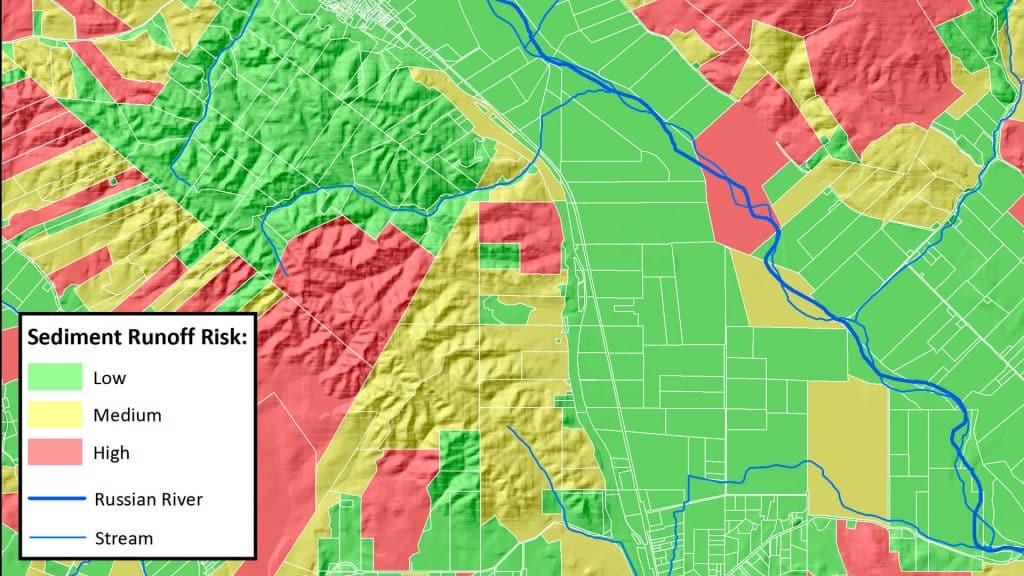Lands changing hands
May 17, 2016

Over the next 20 years, more than 400 million acres of agricultural land in the United States is expected to change hands as aging farmers and ranchers retire.[1][2]
For reasons cultural and economic, much of this acreage will not remain in families. Unfortunately, the times they are a’ changin’. A significant portion will be sold to investors.
Because 400 million acres is more than half of our country’s farmland, the generational transfer of land has huge implications for the future of rural America, our ability to sustain burgeoning populations, and the health of our rivers.
Agriculture currently accounts for 80% of consumptive water use in the United States, and is the largest source of freshwater contaminants.[3] Investors focused solely on financial returns might continue or expand a farm’s negative impacts, or choose to take lands out of production entirely to pursue more lucrative development opportunities.
We cannot afford to lose the productive capacity of working lands, but we also cannot afford to continue traditional farm management practices that imperil freshwater health. The anticipated transfer of land affords us an opportunity to do something better – something that balances a sustainable future with the demands of a growing population.
Investors with different priorities
In many cases, agricultural lands will be sold to institutional investors focused on a tangible, relatively safe investment that will generate year-over-year financial returns. [4]
But there’s a new set of investors making their way onto the scene.
Impact investors seek both financial and environmental returns. They’re willing to forego some degree of financial gain in favor of improved ecological outcomes. An institutional investor might purchase a property if it provides 15-20% annual returns.
An impact investor might buy the same property and accept in the range of 6-8% returns, investing the difference in conservation.
A tool to support environmental decision-making
Both types of investors require tools that calculate the potential financial returns of an acquisition. For the most part, these tools already exist. Yet the additional tools required by impact investors to calculate the environmental returns of an investment are relatively scarce. And with limited resources, impact investors must be assured there is potential for conservation benefits before making an acquisition.
Recognizing a need for transparency and a potential to ensure more impact investors have the opportunity to strategically purchase and properly manage land for the benefit of water resources, The Freshwater Trust is adapting its BasinScout tool to connect the conservation finance sector with opportunities to meaningfully invest in sustainable agriculture.
Conservation tested. Conservation approved.
BasinScout is a GIS-driven tool that allows for the remote surveying of large landscapes and watersheds to identify opportunities for environmental uplift, quantify the potential benefits and prioritize restoration sites.
Developed in 2012, The Freshwater Trust first used the tool to prioritize areas where the restoration of streamside trees would most dramatically reduce solar impacts on waterways. Over the past several years, BasinScout has been expanded and used to guide efforts to reduce nitrogen, phosphorus and sediment impacts and augment surface water.

The tool is the tangible realization of our core belief: Only through informed and strategic investments can we restore freshwater ecosystems at a faster pace and on a greater scale than they are being degraded.
In the context of impact investing, BasinScout makes it possible to survey all opportunities within a basin rather than assessing individual properties as they come on the market. The tool identifies the conservation actions that can be taken at a site to immediately decrease water impacts, and quantifies and monetizes the benefits of these actions to assess their impacts to returns on investment.
Opportunities are prioritized using a customizable algorithm that ranks properties based on desired outcomes, including basin-scale conservation goals, water quality and quantity effects, future revenue, cost constraints and recruitment feasibility. After the property is acquired, the investment firm can use the assessment to adjust the farm’s management practices and implement recommended actions. Environmental returns generated by these changes can be monitored and tracked over time.
Beyond supporting impact-driven investors, the availability of such a tool would make it easier for traditional, institutional investors to gain clarity on the benefits of sustainable investing, making it more advantageous for them to also engage.
The Freshwater Trust believes BasinScout can provide all investors with a clear, solid roadmap for investing in conservation.
Taking it to California
The Freshwater Trust plans to begin using BasinScout to assess and prioritize conservation assessments in California’s Sacramento Valley – one of the most productive regions of the world, supplying rice, almonds, walnuts, plums, peaches, tomatoes, wheat, olives, corn, alfalfa, pears, sunflowers, grapes, kiwifruit, and hay.
According to the Northern California Water Association, farming in some areas of the Valley predates California statehood. There are now more than 11,000 small family farms that contribute nearly $4.5 billion to the state’s economy.
Long term, we’d like to support the continued growth of sustainably managed agricultural operations throughout the Golden State and elsewhere.
You can’t manage what you don’t measure
We believe that the future of water in our country relies upon ensuring those managing land understand their precise impacts – both positive and negative – on rivers and streams.
As one of the century’s most powerful changing of the guard occurs, we will provide the conservation finance community with the integrated, quantified, and monetized analysis of environmental and financial returns needed to expand investments in sustainable agriculture.
Help us continue making a difference.
You can help The Freshwater Trust continue using 21st century tools and technologies and working with different water users to fix our rivers on a timeline that matters.
[1] The Oakland Institute. 2014. “Down on the Farm: Wall Street, America’s New Farmer,” p. 6
[2] The FarmLASTS Project. 2010. “Research Report and Recommendations,” p. 10.
[3] USDA. “Irrigation and Water Use”. http://www.ers.usda.gov/topics/farm-practices-management/irrigation-water-use.aspx, accessed March 7, 2016.
[4] The Oakland Institute. 2014. “Down on the Farm: Wall Street, America’s New Farmer,” p. 4
#agriculture #BasicScout #California #Conservation #environment #farmlands #freshwater health #impact investors #sustainable agriculture #water consumption
